You may love a slice of yellow American cheese in your sandwiches or cook one-pot mac and cheese with mixed cheese shreds. But blue cheese, or bleu cheese, is different from these. If you love it, you have a refined taste. But while it adds a gourmet touch to all food, you must ask – is blue cheese gluten free?
Unlike most pure cheese varieties, blue cheese may have trace gluten due to the mold spores used to make it. But the gluten content is usually less than 20 ppm, making it safe. However, blue cheese dressings and sauces often contain gluten-based additives.
How exactly does blue cheese end up with trace gluten – and how is it still safe? Keep reading to know more about this flavor-packed delicacy!
Table of Contents
Is Blue Cheese Contain Gluten?
Blue cheese, often called bleu cheese and usually part of haute cuisine, is served with champagne, red wine, fruits, and honey. It’s a bit of an acquired taste, to be honest, because of the distinctly pungent smell. Not everyone can enjoy it. But if you love it, you may wonder, is blue cheese gluten free?
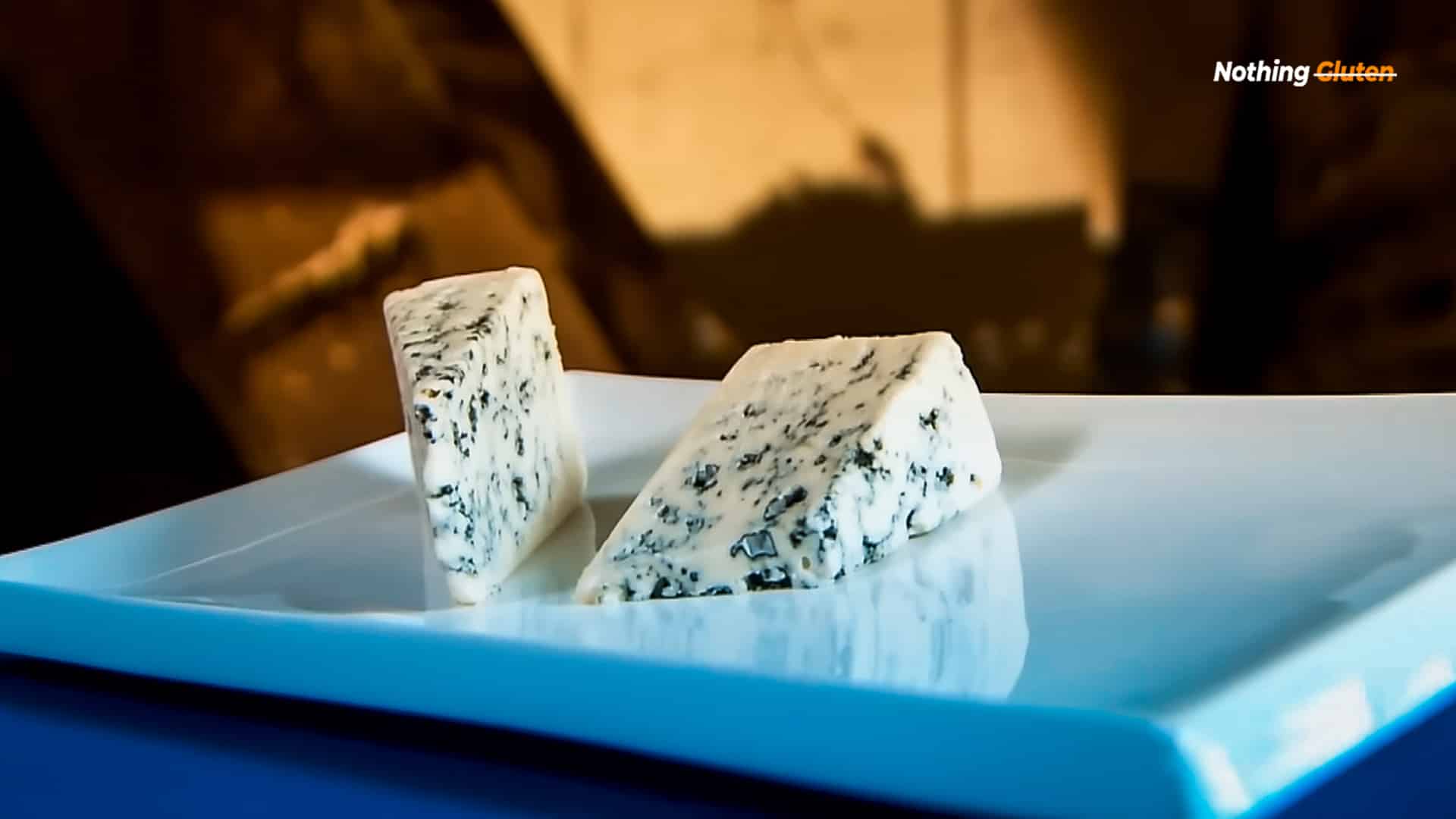
There’s good news, and there’s bad news in this answer. The bad news is rooted in the signature blue-green veins of this cheese variety, which come from the mold spores. These mold spores are traditionally grown on wheat or rye bread. It may have cultures with gluten-rich media or wheat-containing dextrose.
For the longest time, it was not recommended for people with celiac disease or gluten intolerance. But now it’s time for the good news. You’ll be glad to know that blue cheese has been found to be gluten free almost all the time!
Irrespective of the gluten content in the cultures, mold spores, or dextrose added to blue cheese, the final product is found to contain no more than trace gluten, amounting to less than 20 ppm. That’s the permitted limit of gluten content in any product, which will not cause allergic reactions even if you’re severely allergic.
There’s more! You can also choose blue cheese varieties that contain inherently gluten free cultures. While blue cheese, in general, should be safe for you, it might still be a good idea to choose a brand that’s completely gluten free. There are plenty of them – and we’ll discuss them a little later.
Is Blue Cheese Dressing Gluten Free?
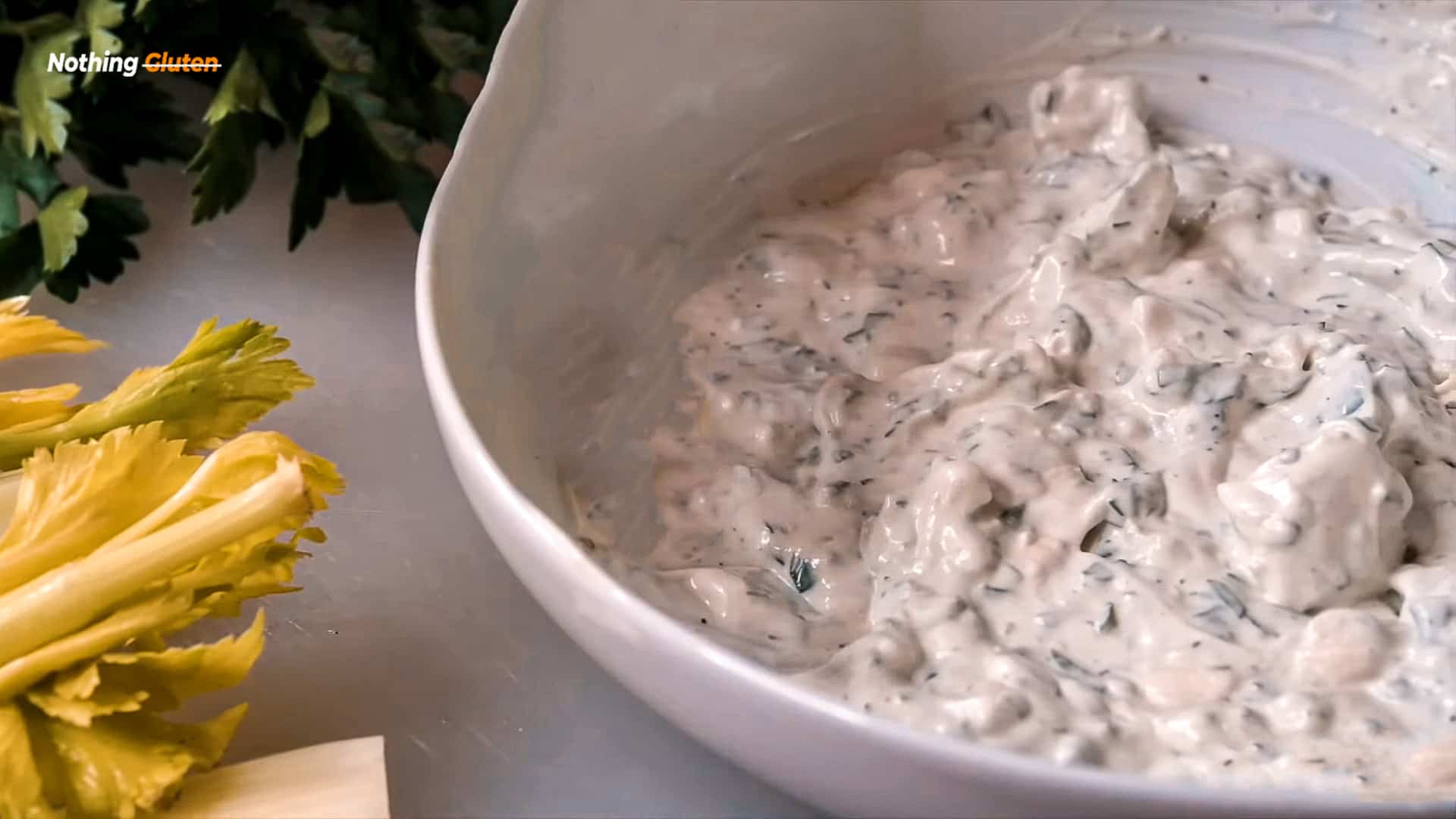
Besides pure and expensive blue cheese, you’ll also find plenty of dressings for salads and sandwiches with blue cheese in them. Steak and pasta sauce mixes may also contain this sheet. These dressings and sauces may contain real blue cheese or just the flavor.
A sauce or dressing with real blue cheese will hardly have any gluten added to it because of the cheese variety. In other words, blue cheese dressings and sauces are usually inherently gluten free. However, there are other factors that come into play here.
In all these cases, you will need to be extra careful as they may contain additives like texturizers and flavoring agents with gluten content in them. One of the key factors is the list of ingredients and additives that go into it.
Dressings and sauces often have thickeners or texturizers – and many of them are rich with gluten. Additionally, flavoring agents and preservatives also go into such products – and such additives often have gluten.
Let’s not forget cross-contamination. If the product or its ingredients get in direct contact with any gluten-based ingredient in the manufacturing, processing, or storage units, it can have gluten in it. If this is more than trace gluten and crosses the limit of 20 ppm, it can be harmful.
What is Blue Cheese? How Is Blue Cheese Made?
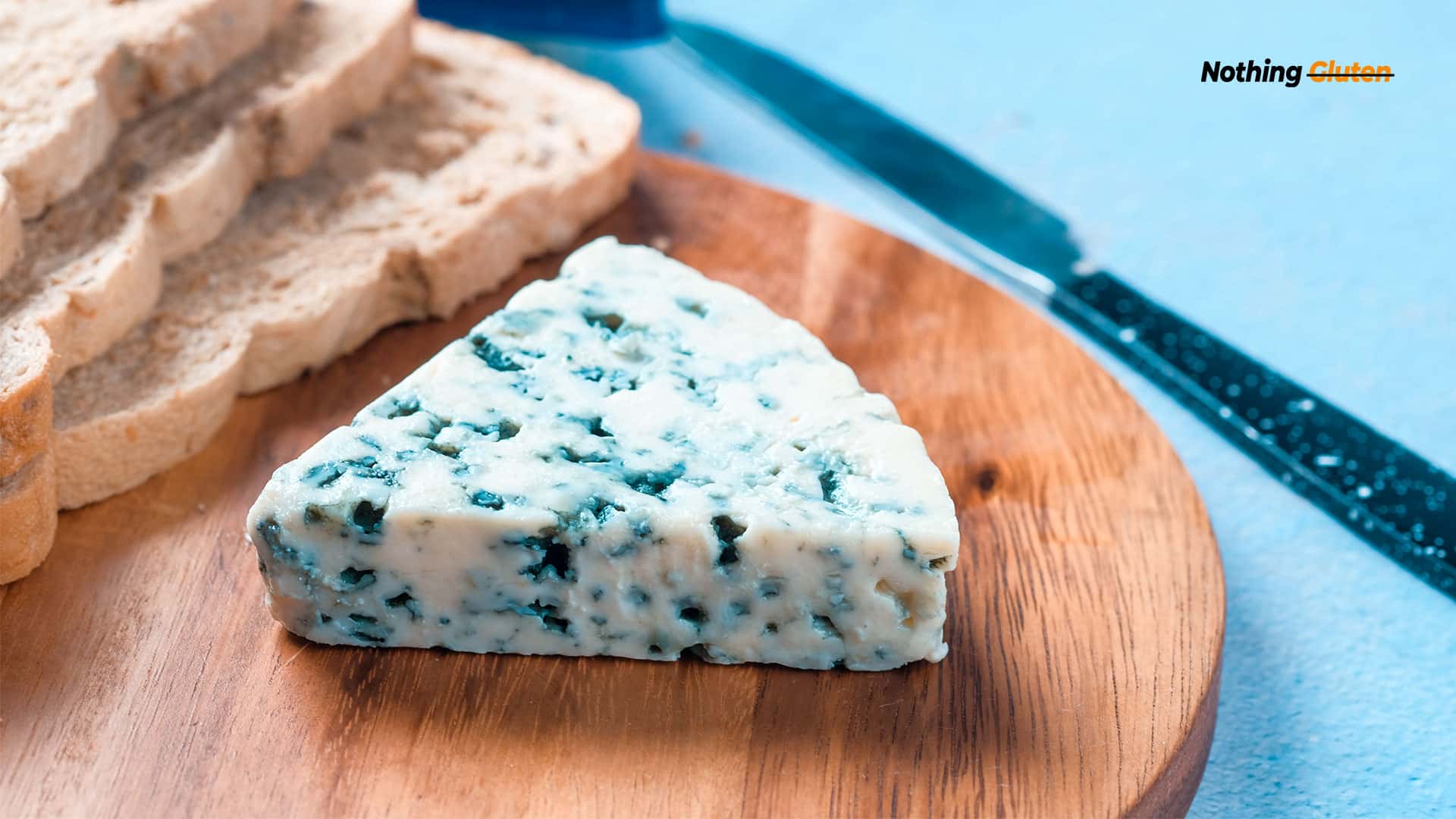
Blue cheese, known for its strong, pungent smell and sharp, tangy taste, is named after its blue and green veins. This cheese is considered a delicacy, which is why it is often eaten all by itself, with wine, champagne, cherries, apples, dry fruits, etc.
It also goes into salad and sandwich dressings, pasta and steak sauces, and more. It is made from the milk of cows, goats, or sheep, depending on the type and the source country. By the way, this cheese originated in Italy and France.
The cheese is “ripened” using the cultures of a mold called Penicillium. Sometimes, copper wires are also used in making this cheese. They are placed in the formed curd to distribute the mold and get the veins throughout the cheese.
Types of Blue Cheese
There’s a wide variety of blue cheeses available, all from different countries and villages. They are made with their own unique recipes. But the most popular blue cheese varieties you’ll find are as follows –
- Roquefort – Comes from France and is made with unpasteurized sheep milk
- Gorgonzola – Comes from Italy and is made with whole cow milk
- Stilton – Comes from England and is made with pasteurized cow milk
- Danablu – Comes from North America and is made with full-fat cow milk
- Cabrales – Comes from France and is made with unpasteurized, often blended with sheep and/or goat milk
Is Blue Cheese Healthy?
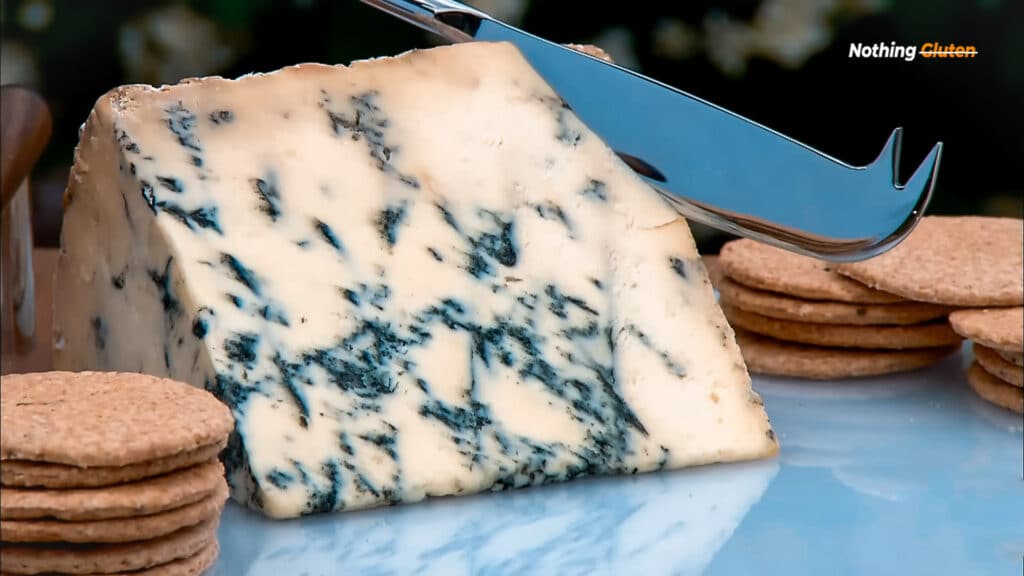
Cheese may be a high-calorie food rich in fat, but when eaten in moderation, it is a source of many nutrients. But what about blue cheese? Is it healthy? The calcium content in this cheese variety is high – with 150 mg calcium in a 1 oz serving.
#1. Bone Health
Did you know that you need around 1000 mg of calcium in a day? Blue cheese can cover up a lot of that requirement and prevent many bone-related issues. The list includes osteoporosis, which is caused by low bone density.
#2. Heart Health
Blue cheese is also great for your heart. It has a compound called spermidine. It delays aging and can reduce the risks of heart conditions by positively affecting the cells in your cardiac muscles as well as the other parts of the system.
#3. Anti-Obesity
Interestingly, blue cheese is great for preventing obesity because the calcium content in it can reduce body weight. Blue cheese can maintain your gut health and manage the amount of visceral fat around the abdomen, thus extending your life.
In addition to the above, it is also a rich source of protein and riboflavin, along with other healthy nutrients. Health experts believe adding blue cheese to your diet can have great health effects. However, you also need to be careful about the salt and saturated fat content in it. This aged cheese may also trigger headaches.
Gluten Free Blue Cheese Brands
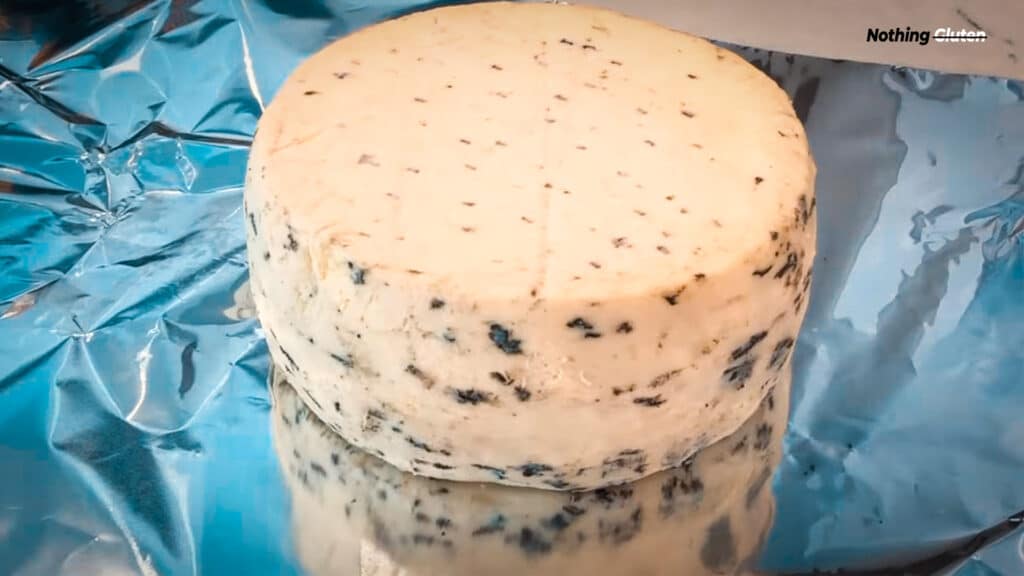
If you want to be sure that the blue cheese you consume is gluten free, you can try BelGioioso Gorgonzola. As per the brand website, this blue cheese is gluten free. It is firm and crumbly and made from cow milk for a full, earthy flavor.
You can also try Pt. Reyes Blue Cheese. The company website confirms that the product is gluten free. It is also natural, with a bold cow milk flavor and a peppery finish. Other brands that offer healthy blue cheese include Maytag, Montfort, and Paladin MontSalvat.
Gluten Free Blue Cheese Dressing Brands
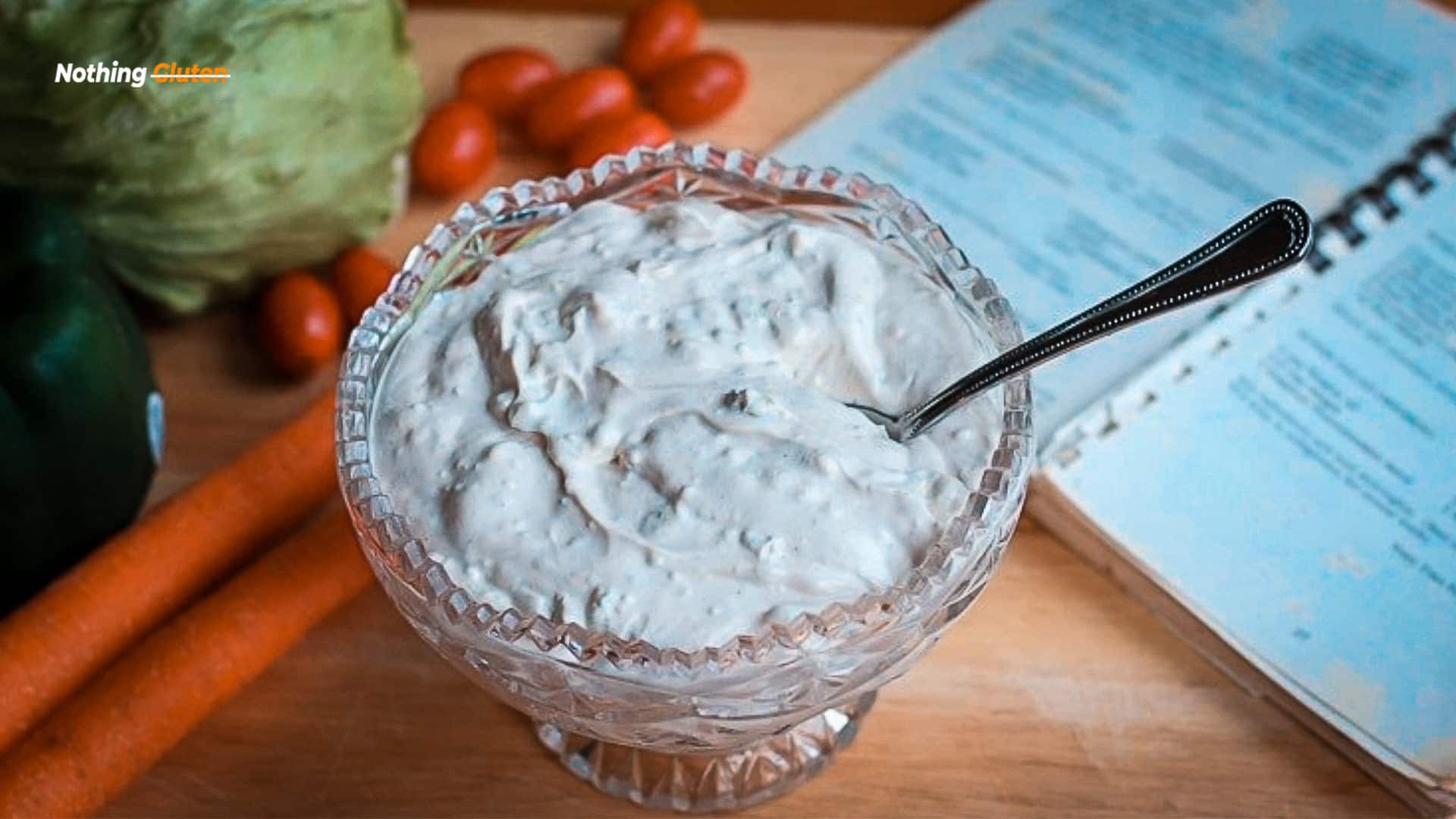
If you want to add a touch of bleu cheese to your sandwiches, steaks, burgers, etc., you can try some gluten free brands. We tried a few brands that most people with gluten intolerance and celiac disease trust. Here is a list of our favorites –
- Hellmann’s Classics: You’ll love the chunks of cheese and the balanced taste of this dressing. And it says on the container that it’s gluten free! It’s also natural and healthy.
- Appalachian Naturals: A product trusted by celiac communities, this salad dressing is free from gluten and sugar content. It’s creamy, delicious, and great with veggies.
- Walden Farms: If you’re into a low-calorie diet, this dressing can be a great addition. It’s not only gluten free but also healthy. It can amp up your steamed veggies and steaks!
- Marie’s: A dressing that flaunts its gluten free status right on the container, this product is delicious and chunky. It is one of the world’s favorite dressings with natural ingredients.
Gluten Free Blue Cheese Dressing Recipe
As we always say, cooking at home is the best way to stay on the gluten free wagon. So here’s a recipe for a gluten free blue cheese dressing.
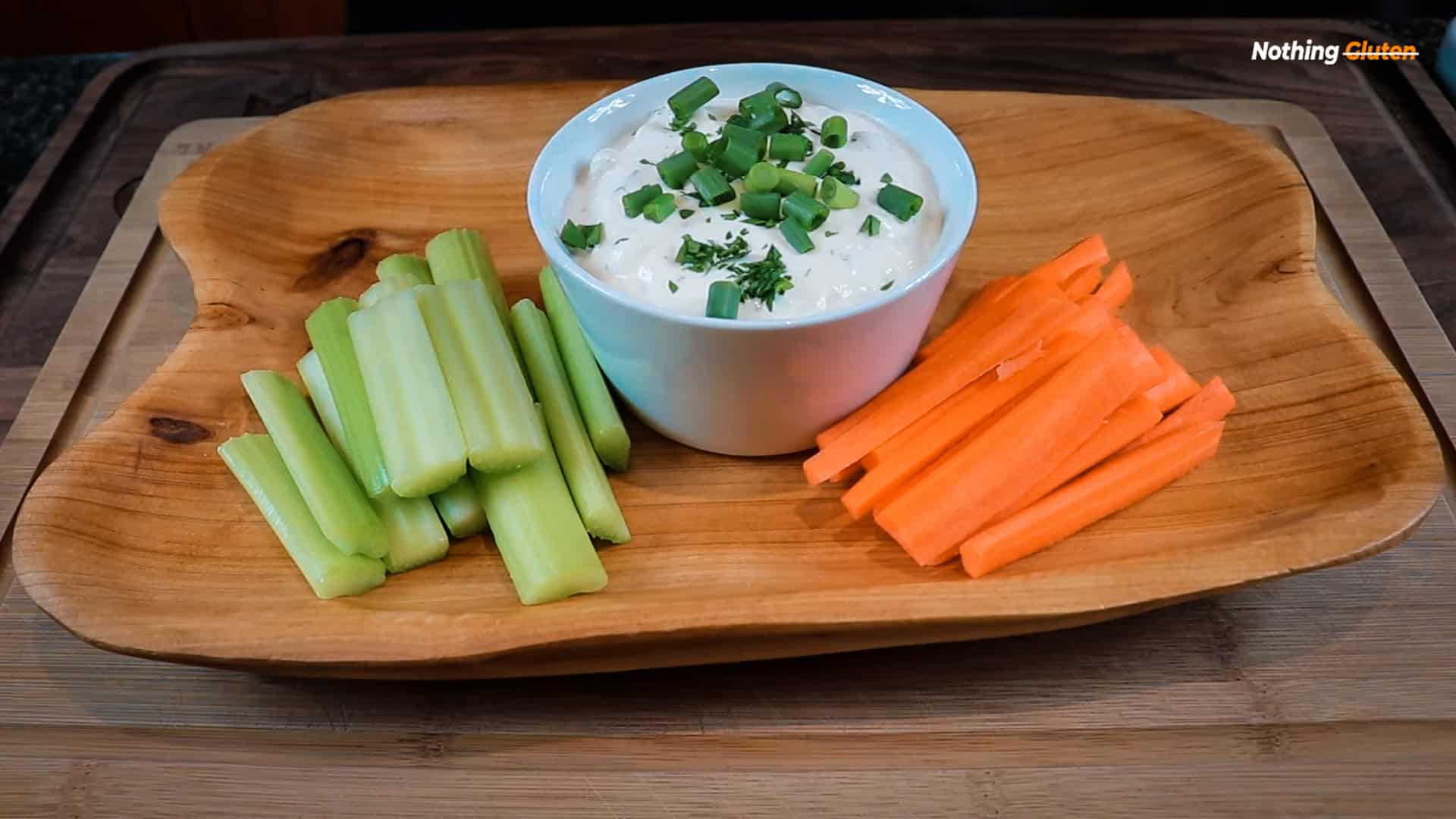
Ingredients –
- Blue cheese crumbles – 4 oz
- Sour cream – ½ cup
- Lemon juice – 1 tsp
- Mayonnaise – 1 cup
- Milk – ¼ cup
- Garlic – 1 clove (chopped)
- Mustard (dry) – ½ tsp
- Salt – To taste
- Pepper – To taste
Instructions –
- Take the bowl of a food processor and add 3 oz of blue cheese and all the ingredients.
- Give it a whirl to combine everything and form a paste that’s not too smooth.
- Transfer the paste to a bowl and add the remaining 1 oz of blue cheese crumbles.
- Stir the crumbles in and press gently with a spatula during the process for some texture.
- Cover the bowl and refrigerate it for at least an hour before serving.
Final Words
Bleu cheese is a decadent addition to a charcuterie board – or take your steak to a whole new level. But is blue cheese gluten free and safe for people with celiac disease or gluten sensitivity? While the making process may involve some gluten-based cultures, the end product is usually safe.
However, just to be sure, it’s best to pick a variety made with gluten free cultures. In addition, if you choose dressings and sauces with this cheese, make sure to buy a product that is free from any gluten content – or has a certification.
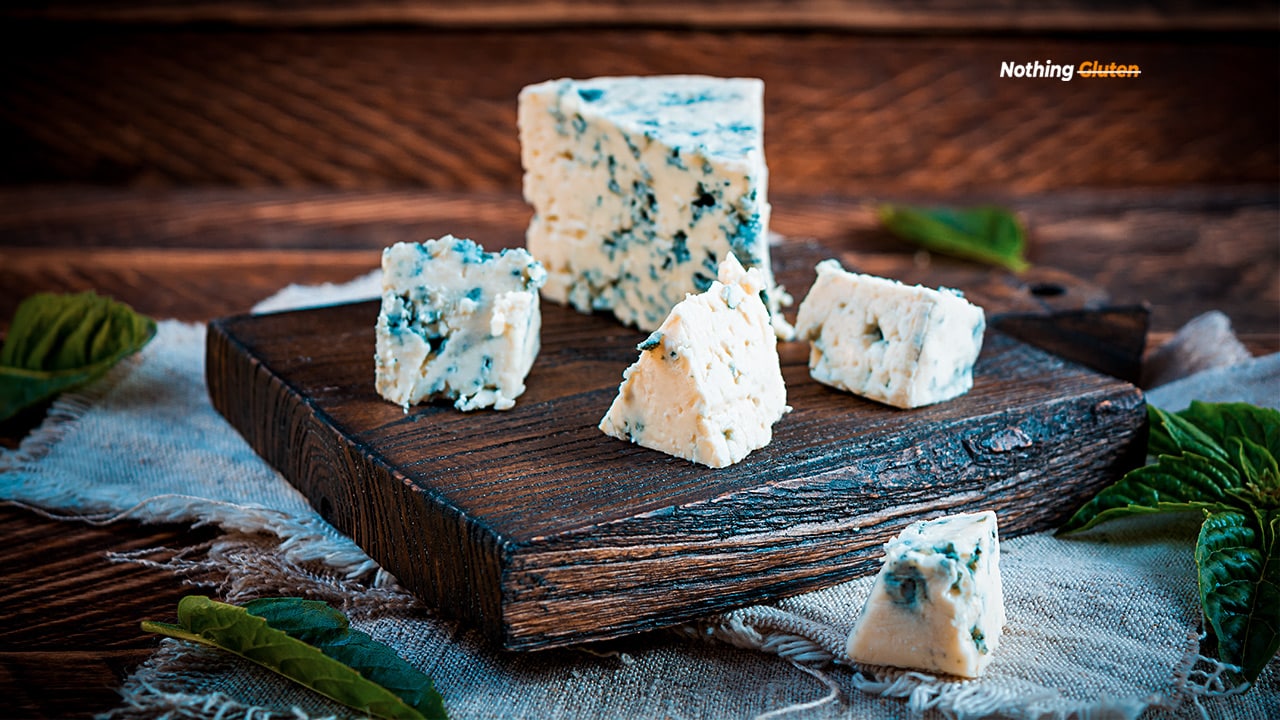
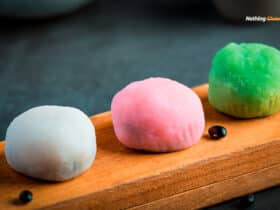
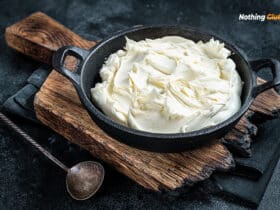
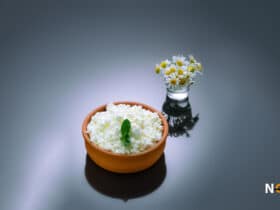

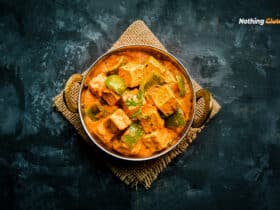



Leave a Reply
View Comments